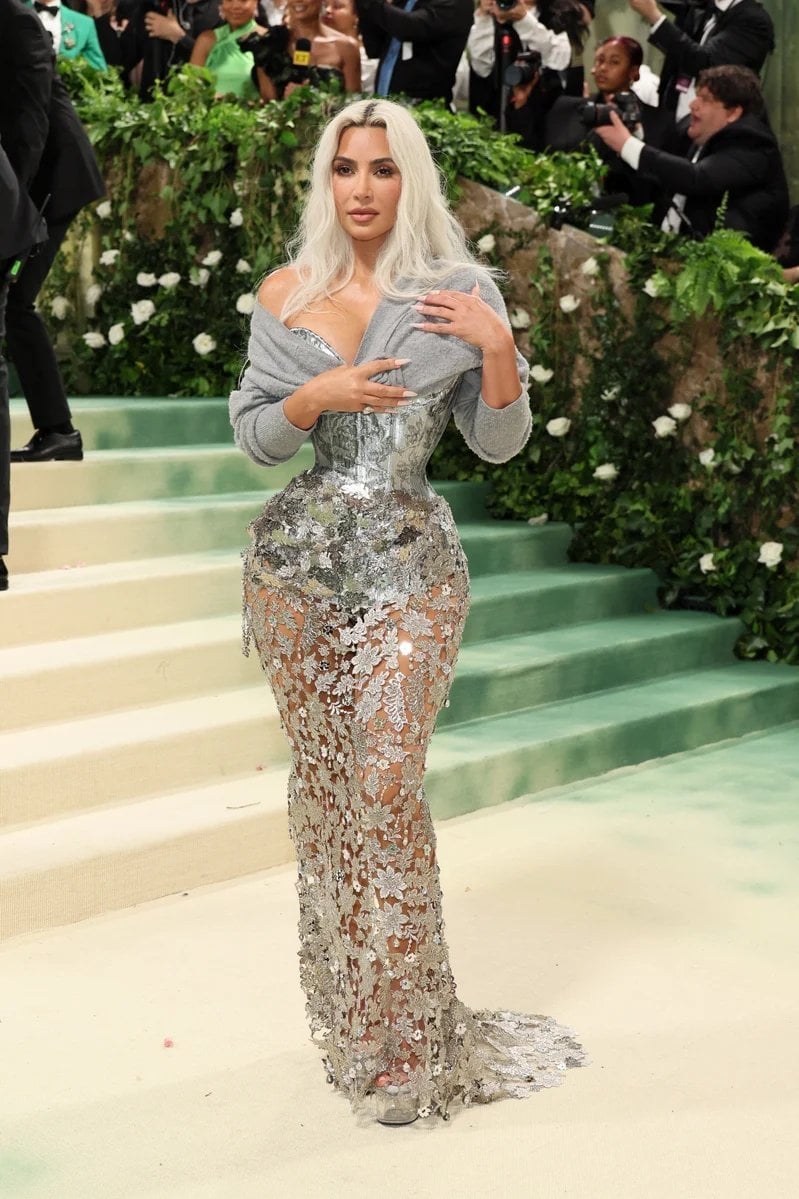
I have never been in the presence of Anna Wintour, yet I feel safe in the assumption that she would not appreciate her beloved Met Gala being compared to a creature such as the Golden Poison Dart Frog. And yet the two things have a lot in common.
The frog, while beautiful to the human eye and striking to look at, is also known to be one of the most toxic animals on Earth. While the Met Gala, an annual fundraising event held for the benefit of the Metropolitan Museum of Art's Costume Institute in Manhattan and chaired by Vogue editor-in-chief Wintour, is now seen as one of the most fashionable red carpet events in the world, beneath the surface it has a tendency to omit its own kind of poison.
Even though most of humankind will never be invited to walk up those bedazzled steps on the first Monday in May, every year when the event rolls around we all share a collective excitement for the pageantry and prestige that comes with it.
Somehow, over the years, we have begun to find the same level of comfort and escapism in a group of obscenely wealthy people wearing opulent clothes as we do when watching a rom-com while snuggled on the couch, with an assortment of treats in easy reach.
But alongside that glorious escapism sits a conversation that we would all rather push below the surface.
Listen to The Spill hosts discuss the Met Gala story no one wants to believe.
At the 2022 Met Gala, Kim Kardashian infamously wore the same glittering Jean-Louis crafted dress that Marilyn Monroe wore to serenade President John F. Kennedy on his 45th birthday in 1962, yet it was her pre-event activities that garnered more attention than the gown itself.



Top Comments